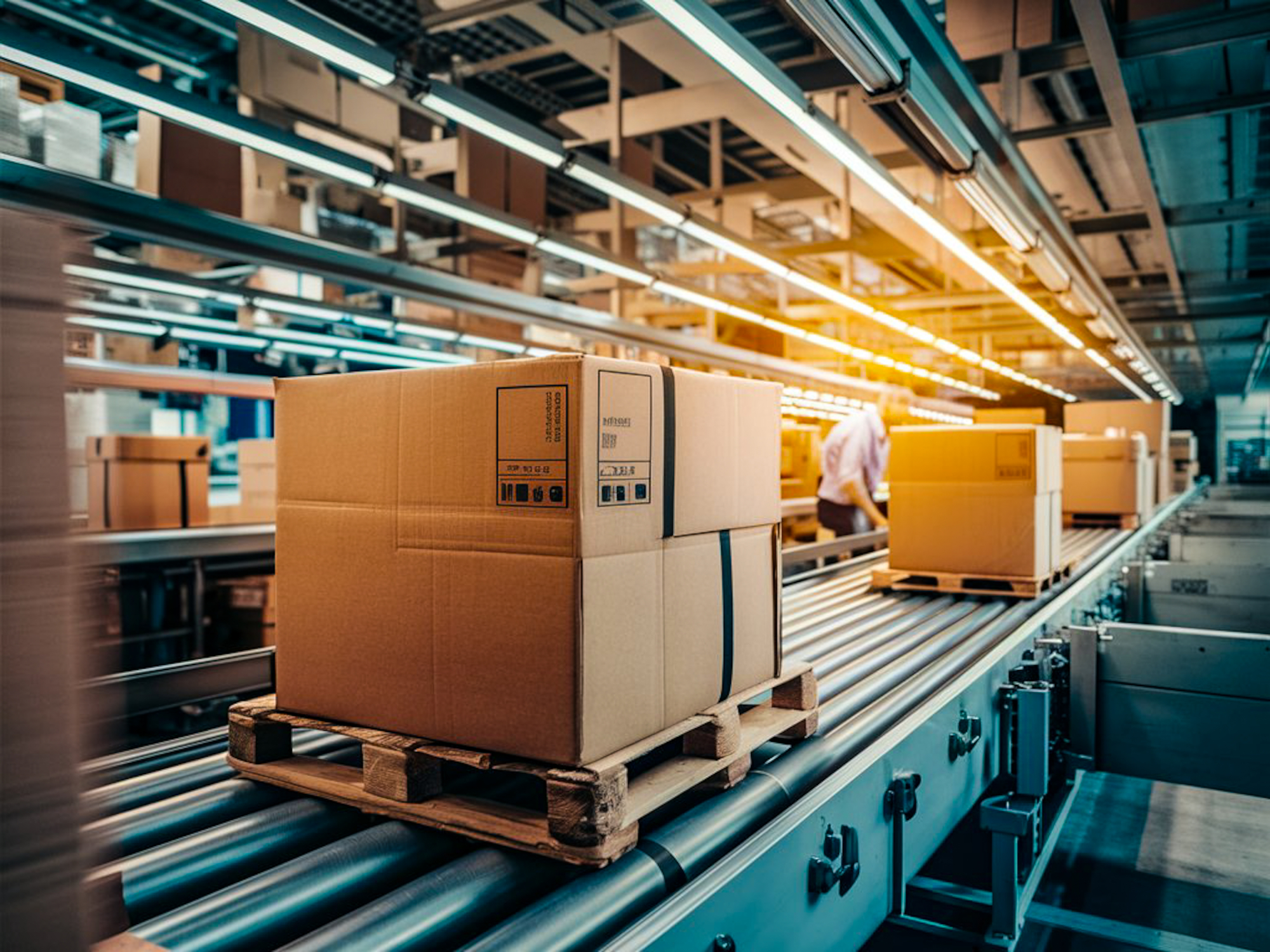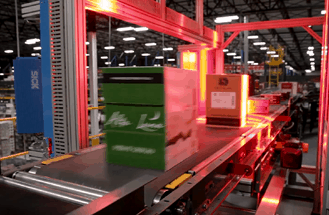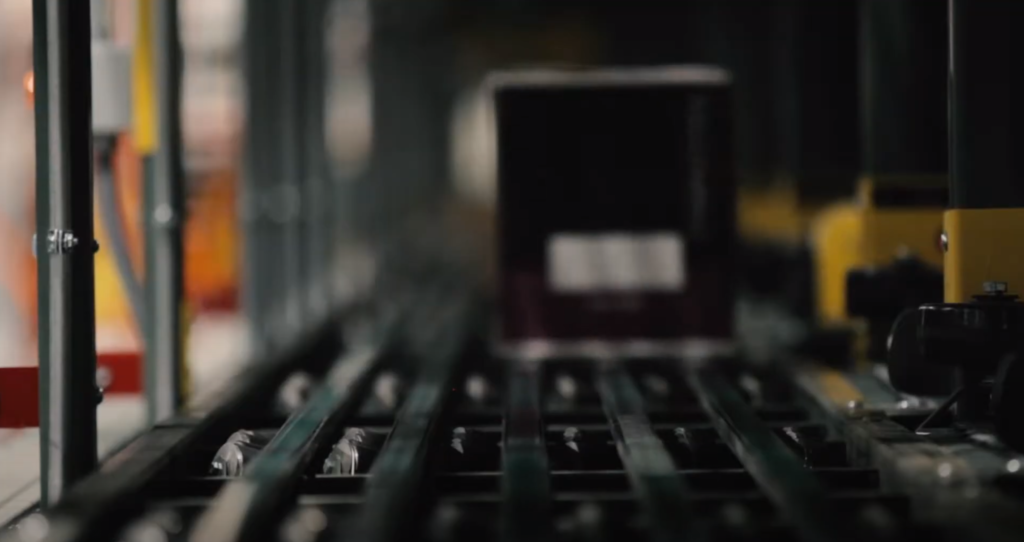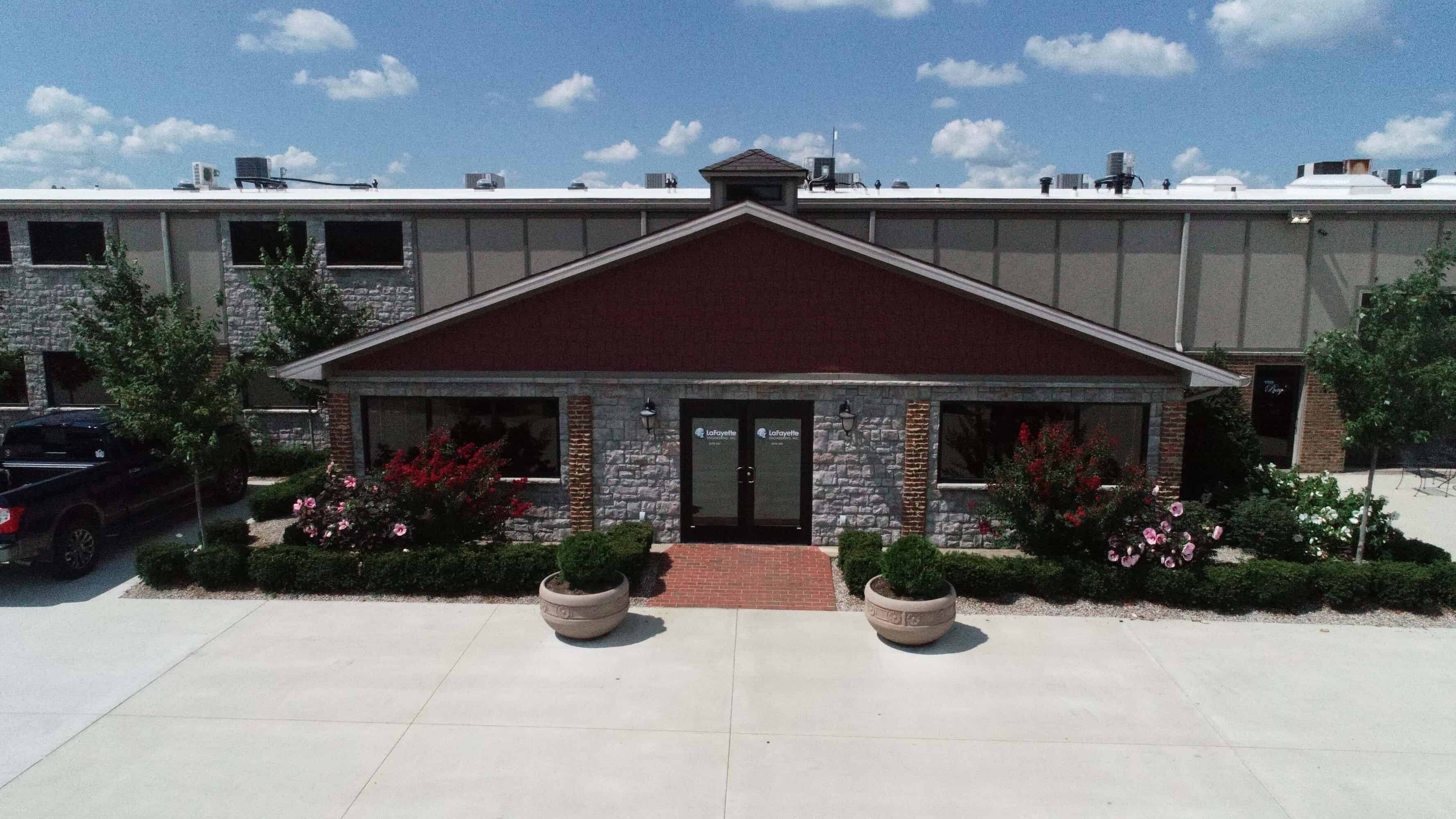Table of Contents
In today’s rapidly evolving digital marketplace, efficient E-commerce fulfillment systems have become the backbone of successful online retail operations. As consumer expectations for faster delivery times and flawless order accuracy continue to rise, businesses must adapt their fulfillment strategies to maintain competitiveness. Lafayette Engineering stands at the forefront of this transformation, offering cutting-edge E-commerce fulfillment systems that combine innovative technology with decades of industry expertise.
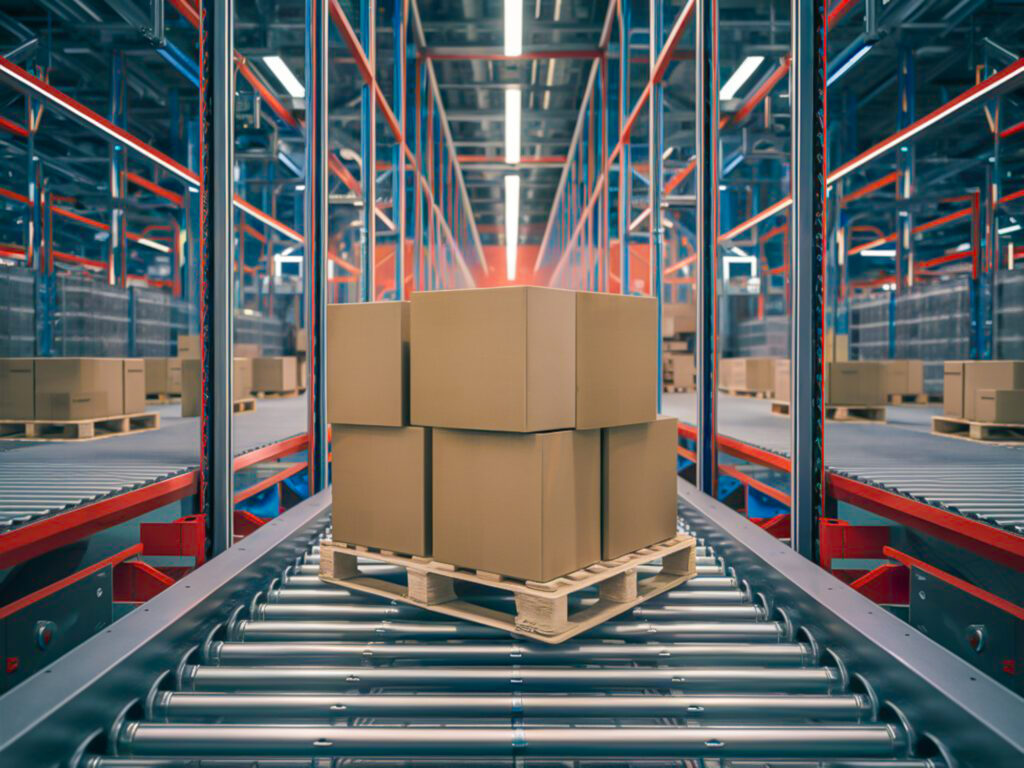
The Evolution of E-commerce Fulfillment Systems
The landscape of E-commerce fulfillment systems has undergone dramatic changes over the past decade. What began as simple manual picking operations has evolved into sophisticated, highly automated ecosystems designed to process thousands of orders daily with minimal human intervention.
From Manual to Automated: The Fulfillment Journey
Traditional fulfillment processes relied heavily on manual labor – workers navigating warehouse aisles with paper pick lists, hand-selecting items, and manually packing orders. This approach, while functional for low-volume operations, quickly becomes unsustainable as order volumes increase. Modern E-commerce fulfillment systems integrate technologies such as:
- Automated storage and retrieval systems (AS/RS) that maximize vertical space utilization
- Conveyor systems that efficiently transport products throughout the facility
- Sortation technology that accurately directs items to their designated packing stations
- Robotic picking solutions that enhance speed and accuracy
- Warehouse control systems (WCS) that orchestrate all automated components
Lafayette Engineering has been instrumental in designing and implementing these technological advancements, creating E-commerce fulfillment systems that scale with business growth while maintaining operational excellence.
Key Components of Modern E-commerce Fulfillment Systems
A successful E-commerce fulfillment system requires the seamless integration of multiple technologies working in concert. Each component plays a vital role in the overall efficiency of the operation.
Conveyor Systems: The Circulatory System of E-commerce Fulfillment
At the heart of most E-commerce fulfillment systems lies an intelligently designed conveyor network. These systems function as the facility’s circulatory system, moving products efficiently from receiving to storage, picking, packing, and shipping. Lafayette Engineering specializes in designing customized conveyor solutions that:
- Optimize product flow throughout the facility
- Reduce travel time between operational areas
- Minimize bottlenecks during peak processing periods
- Incorporate smart diverting and merging to maintain throughput
- Integrate seamlessly with other automation components
Our high-speed case sortation technology enables E-commerce fulfillment systems to process diverse product categories with exceptional accuracy, ensuring that the right products reach the right customers.
Sortation Solutions: Precision at Scale
Effective E-commerce fulfillment systems rely on accurate sortation technology to direct products to their appropriate destinations. Lafayette Engineering offers various sortation solutions, including:
- Sliding shoe sorters for high-volume operations requiring gentle handling
- Pop-up wheel sorters for medium-volume applications with mixed product types
- Tilt tray sorters for operations handling a wide variety of product dimensions
- Cross-belt sorters for ultra-precise handling of small items
- Our proprietary Lafayette Magnetic Sortation (LMS) system for unparalleled flexibility
These sortation technologies form the backbone of efficient E-commerce fulfillment systems, enabling businesses to process thousands of unique orders daily while maintaining accuracy rates exceeding 99.9%.
Warehouse Control Systems: The Intelligence Behind Automation
The sophisticated automation within modern E-commerce fulfillment systems requires equally advanced control systems. Lafayette Engineering’s Conveyor Works software platform serves as the central nervous system of our fulfillment solutions, providing:
- Real-time visibility into system performance
- Intelligent routing decisions based on current conditions
- Seamless integration with warehouse management systems (WMS)
- Detailed analytics for continuous improvement
- Predictive maintenance recommendations
Our control systems transform automated components into intelligent E-commerce fulfillment systems that adapt to changing conditions and optimize for maximum throughput.
The Benefits of Advanced E-commerce Fulfillment Systems
Implementing sophisticated E-commerce fulfillment systems yields numerous advantages for online retailers across all industries.
Increased Throughput Capacity
Modern E-commerce fulfillment systems dramatically increase the number of orders a facility can process daily. By implementing Lafayette Engineering’s automation solutions, our clients typically experience:
- 200-300% increase in units processed per hour
- Ability to handle dramatic seasonal volume fluctuations
- Reduced dependency on temporary labor during peak periods
- Consistent performance during high-demand events
This enhanced capacity allows businesses to grow their online presence without corresponding linear increases in operational costs.
Improved Order Accuracy
Customer satisfaction in E-commerce depends heavily on receiving exactly what was ordered. Advanced E-commerce fulfillment systems incorporate multiple accuracy checks throughout the process:
- Barcode verification at picking
- Weight validation during packing
- Vision systems that verify correct items
- Automated address verification for shipping
These systems work together to reduce costly errors that result in returns, customer dissatisfaction, and reputational damage.
Labor Optimization
One of the most significant benefits of modern E-commerce fulfillment systems is their ability to maximize workforce productivity. Rather than eliminating jobs, these systems enable employees to accomplish more with less physical strain:
- Goods-to-person picking systems reduce walking time by up to 70%
- Ergonomic workstations minimize repetitive motion injuries
- Task interleaving increases productivity during normal operations
- Real-time performance feedback helps workers improve efficiency
By implementing Lafayette Engineering’s E-commerce fulfillment systems, businesses can address labor challenges while improving working conditions for their teams.
Scalability for Growth
E-commerce operations must be prepared for both planned growth and unexpected demand surges. Our modular approach to E-commerce fulfillment systems allows for:
- Phased implementation that aligns with business growth
- Easy expansion of existing systems without operational disruption
- Flexible configurations that adapt to changing product mixes
- Technology refreshes that extend system lifespan
This scalability ensures that your fulfillment operations can evolve alongside your business strategy.
Tailoring E-commerce Fulfillment Systems to Your Business
No two E-commerce operations are identical. Lafayette Engineering’s approach to designing fulfillment systems begins with a thorough understanding of your unique business requirements.
Industry-Specific E-commerce Fulfillment Systems
Different retail segments present unique fulfillment challenges:
Apparel and Fashion
- Handling of hanging garments
- Size and style sortation
- Special packaging requirements
- Seasonal inventory fluctuations
Electronics and Technology
- High-value item security
- Static-sensitive product handling
- Serial number tracking
- Technical complexity in returns processing
Health and Beauty
- Lot and batch control
- Temperature considerations
- Expiration date management
- Regulatory compliance
Home Goods and Furniture
- Oversized item handling
- Assembly requirements
- Material diversity (fragile, heavy, awkward)
- Specialized shipping needs
Lafayette Engineering has developed specialized expertise in creating E-commerce fulfillment systems for these and many other industry verticals, ensuring that your solution addresses the specific challenges of your product mix.
Integrating with Existing Operations
Many businesses must implement new E-commerce fulfillment systems while maintaining ongoing operations. Our implementation methodology includes:
- Detailed current-state analysis
- Phased implementation planning
- Minimal disruption strategies
- Parallel processing during transition
- Comprehensive training programs
This approach ensures business continuity while transitioning to more advanced fulfillment capabilities.
Future Trends in E-commerce Fulfillment Systems
The landscape of E-commerce fulfillment continues to evolve rapidly. Lafayette Engineering remains at the forefront of emerging technologies that will shape the next generation of fulfillment systems.
Artificial Intelligence and Machine Learning
AI-powered E-commerce fulfillment systems are becoming increasingly sophisticated, offering capabilities such as:
- Predictive inventory positioning based on anticipated demand
- Dynamic slotting that continuously optimizes storage locations
- Autonomous decision-making during disruptions
- Performance optimization based on historical patterns
These intelligent systems continue to increase the efficiency gap between automated and manual operations.
Micro-Fulfillment Centers
The push for faster delivery is driving the development of decentralized E-commerce fulfillment systems located closer to end consumers:
- Compact automation solutions for urban settings
- Modular designs that fit existing retail spaces
- High-density storage to maximize limited footprints
- Integration with local delivery networks
Lafayette Engineering has developed specialized solutions for these space-constrained environments, enabling retailers to place inventory closer to customers while maintaining efficiency.
Sustainable Fulfillment Practices
Environmental considerations are increasingly important in modern E-commerce fulfillment systems:
- Energy-efficient conveyor and sortation systems
- Optimized packaging solutions that reduce waste
- Route optimization to minimize transportation emissions
- Recyclable and biodegradable materials
Our engineering team incorporates sustainability principles into every system design, helping clients meet both operational and environmental goals.
Partnering with Lafayette Engineering for E-commerce Fulfillment Excellence
Selecting the right partner for your E-commerce fulfillment systems is a critical business decision. Lafayette Engineering offers distinct advantages that ensure project success:
End-to-End Expertise
Our comprehensive approach encompasses all aspects of E-commerce fulfillment systems:
- Initial concept development and ROI analysis
- Detailed engineering and design
- Equipment procurement and installation
- Software integration and configuration
- Ongoing support and maintenance
This complete solution approach eliminates the complexity of managing multiple vendors and ensures that all system components work together seamlessly.
Proven Implementation Methodology
With decades of experience implementing complex E-commerce fulfillment systems, our project methodology has been refined to minimize risk and maximize value:
- Discovery and Analysis: Comprehensive understanding of current operations and future needs
- Solution Design: Collaborative development of optimal system architecture
- Simulation and Validation: Virtual testing to validate performance before implementation
- Implementation Planning: Detailed execution strategy with minimal operational disruption
- Installation and Integration: Expert deployment of all system components
- Training and Knowledge Transfer: Comprehensive education for operational staff
- Go-Live Support: On-site presence during critical transition periods
- Continuous Improvement: Ongoing optimization to maximize system performance
This structured approach ensures that your E-commerce fulfillment systems deliver immediate value while positioning your business for future growth.
Nationwide Support Network
Lafayette Engineering’s coast-to-coast presence ensures that help is always available when needed:
- 24/7 remote technical support
- Rapid on-site response when required
- Preventive maintenance programs
- Performance optimization services
- Technology refresh recommendations
With locations in Kentucky, California, New Jersey, and throughout the United States, we provide the responsive support that mission-critical E-commerce fulfillment systems demand.
Conclusion: Transforming Your E-commerce Operations
In today’s competitive online retail environment, advanced E-commerce fulfillment systems have transitioned from competitive advantage to business necessity. The ability to process orders quickly, accurately, and cost-effectively determines whether an E-commerce business thrives or struggles.
Lafayette Engineering combines deep industry expertise with cutting-edge technology to create E-commerce fulfillment systems that deliver measurable results:
- Increased processing capacity
- Enhanced order accuracy
- Reduced operational costs
- Improved customer satisfaction
- Scalability for future growth
Our team of experienced engineers, software developers, and implementation specialists is ready to help transform your fulfillment operations with custom-designed automation solutions tailored to your specific business requirements.
Contact Lafayette Engineering today to discuss how our E-commerce fulfillment systems can help your business meet the challenges of today’s dynamic online retail environment.
About Lafayette Engineering
Founded in 1989, Lafayette Engineering specializes in the design and implementation of advanced material handling and warehouse automation solutions. With a focus on conveyor systems, high-speed sortation, and warehouse control systems, we help businesses across the United States optimize their operations for maximum efficiency and productivity.
Our nationwide presence includes headquarters in Danville, Kentucky, and additional offices in California, New Jersey, and throughout the country, allowing us to provide responsive service to clients coast-to-coast. From initial concept to ongoing support, Lafayette Engineering delivers the expertise and technology that transforms warehouse operations.
For more information about our E-commerce fulfillment systems or to schedule a consultation, contact Lafayette Engineering at (844) 845-7580 or visit www.lafayette-engineering.com.

